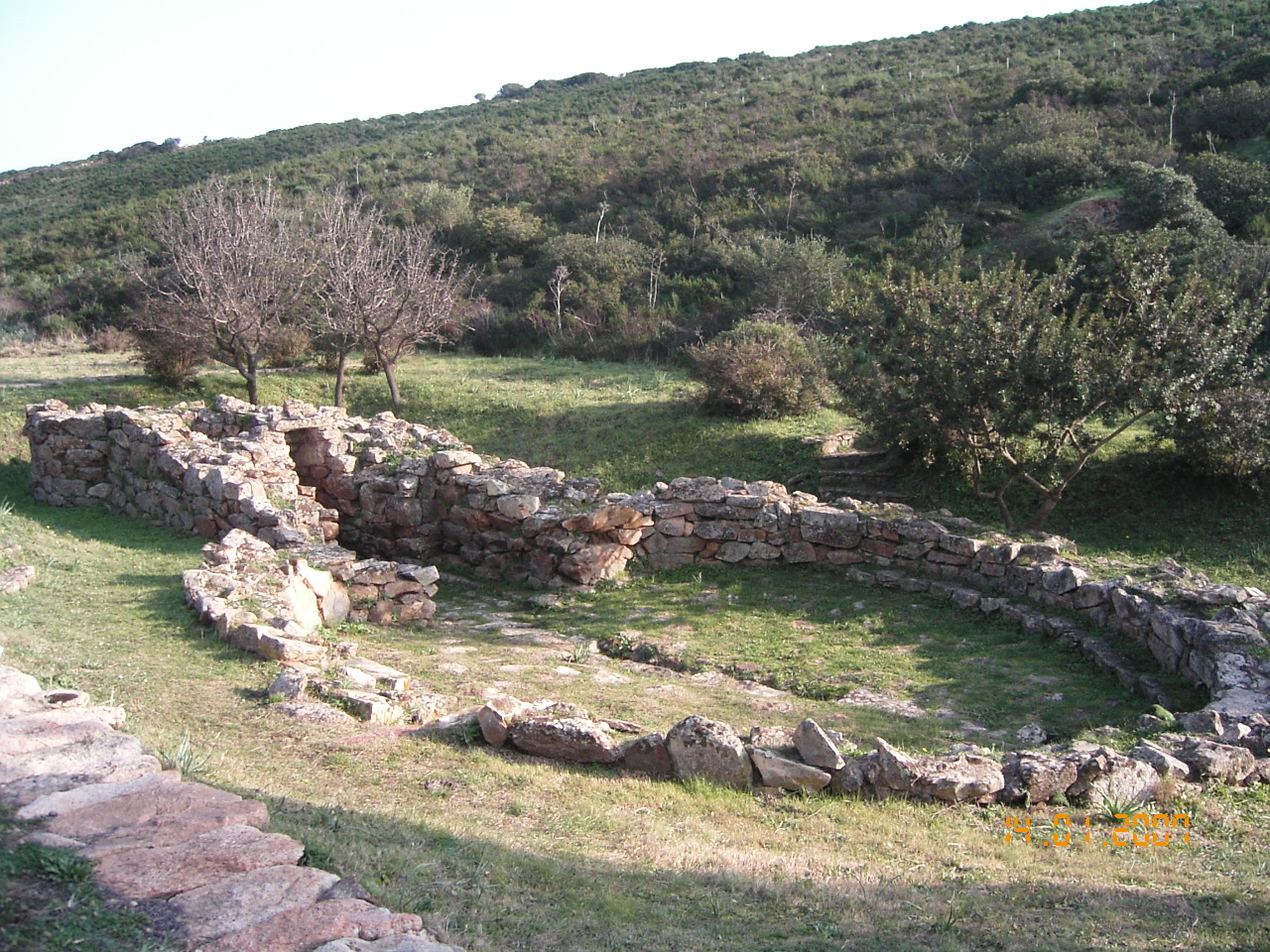Sa Testa Holy Well In Olbia 0 Commentaires

The beliefs and legends that still survive and feed the popular imagination on the ancient cult of water in Sardinia, are really countless. And when we went to visit the Sa Testa Holy Well, 12 km and only 15 minutes by car from Gabbiano Azzurro Hotel & Suites, we were able to hear, in the silence, the eternity speaking the legends of ancient people... Holy Wells & Sacred Springs.
It was precisely the mystery attracting us. And Sardinia is the island of the Nuragic mystery of its fascinating and enigmatic past. And you find yourself looking down, into the sacred well, in this unreal silence enhancing its sacredness, and you would like to know more, you might wish to be able to speak with them, the Nuragic, who have spread the island with mysterious places, asking them what was they sought to tell us by bequeathing us these incomprehensible stone signals, through which we will never be able to forget them, yet not thoroughly knowing them.
The Sa Testa Sacred Well is one of the most characteristic monuments of the Nuragic civilization in Gallura, the sacred well where the Nuragic people of the Olbia territory honoured their water divinities and performed their worship rituals. It was unearthed in 1930, while searching for a water source. The site is well-kept, is known and visited by Nuragic archaeology enthusiasts. The Sa Testa external plan, datable between the 15th and 13th centuries BC, recalls a lock, almost a gateway between the world of the living and the one of the dead. It has a circular courtyard, a vestibule, a small room between the well and the courtyard and 17 steps leading to the perennial spring. The roof is a stepped ceiling, as already mentioned for the Milis Holy Well in Golfo Aranci, forming an image of a double staircase that the reflections of the underlying water architecturally enhance. The well is accessed through a pavement of shale slabs. The most underground part, a circular chamber almost seven meters high where the water collects, is covered with a false dome (a tholos). Interesting finds were found, including some jewellery, a small dagger with a bronze hilt, part of a statuette.
While we had observed that the external construction of the Milis Sacred Well recalled the male organ, here it seems instead that the well door, like most sacred wells, inclines to represent the female organ that leads to the giving life source. Scholars would associate the female fertility cycle with the reason why the Nuragic related to the moon phases in the construction of their Sacred Wells. So, Mother Goddess for Sa Testa and Father God or De Su Babbu for Milis? Also in this case the mystery keeps the answer to itself.
“One of the most beautiful things we can experience is the mysterious. It is the source of all true art and all science”. (Albert Einstein)
--
Written by Daniela Toti
Share your opinion with us!